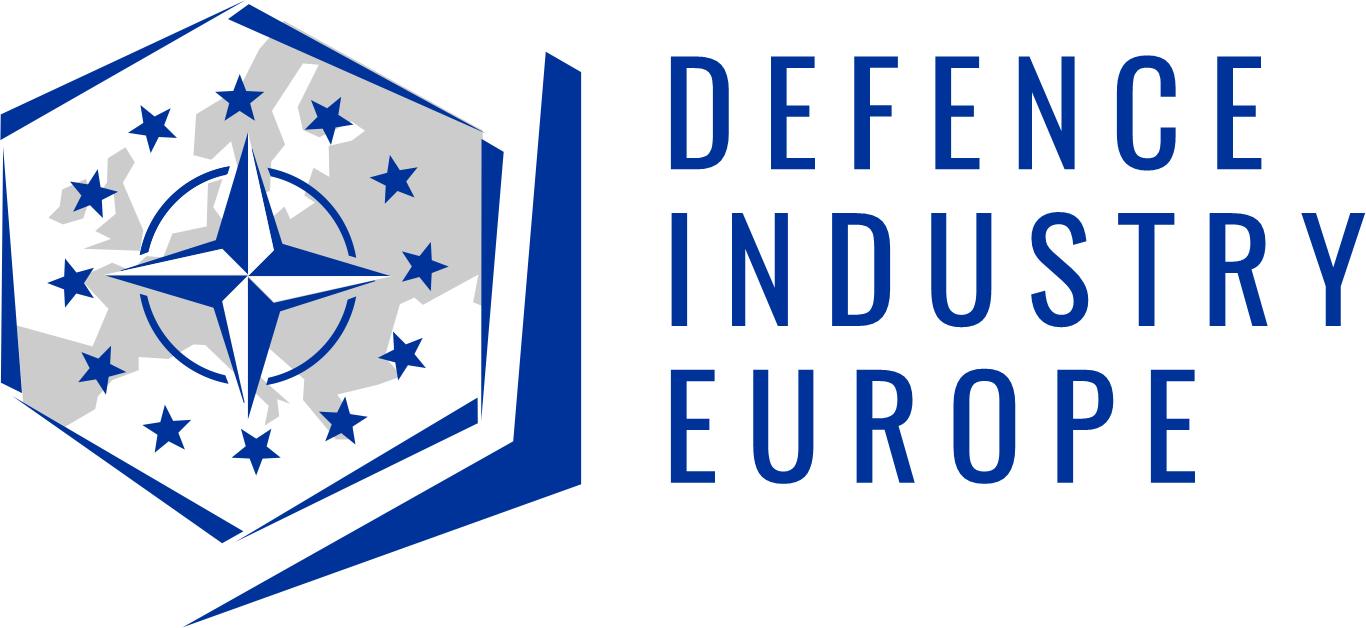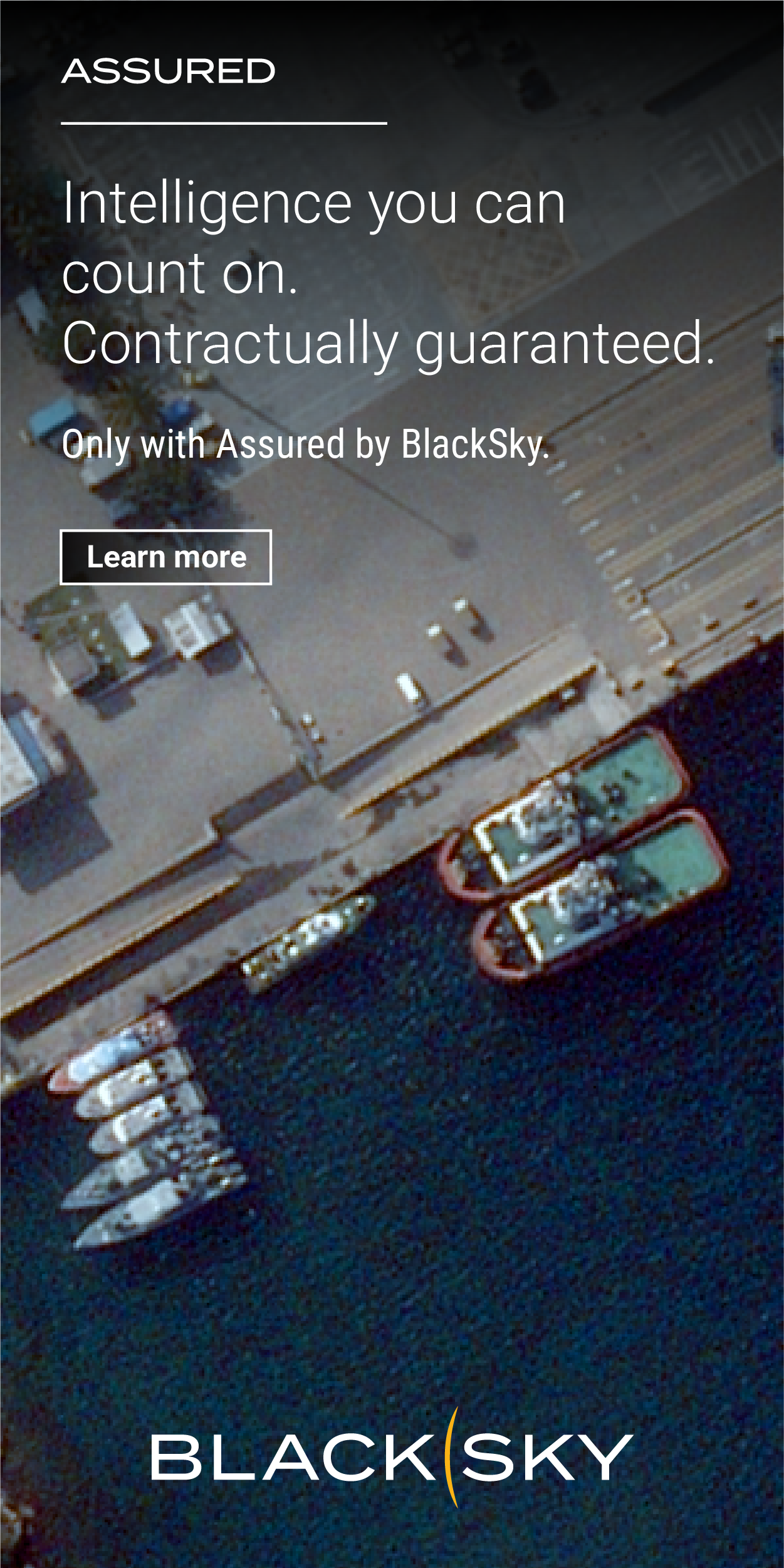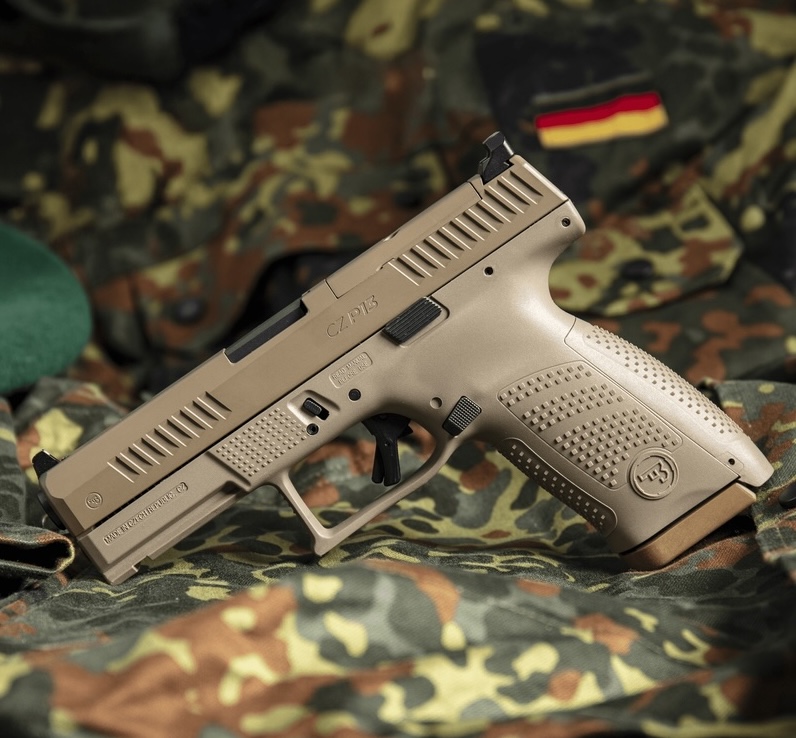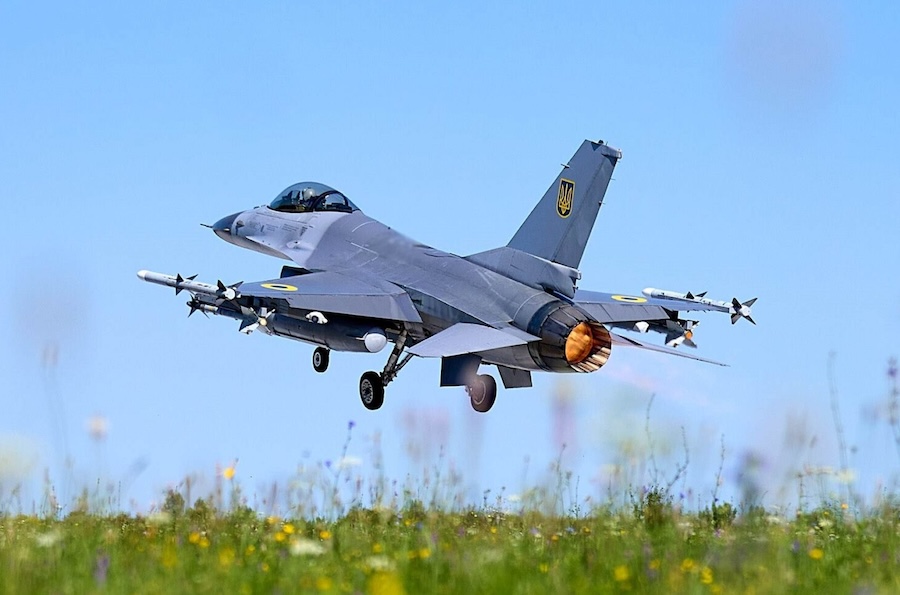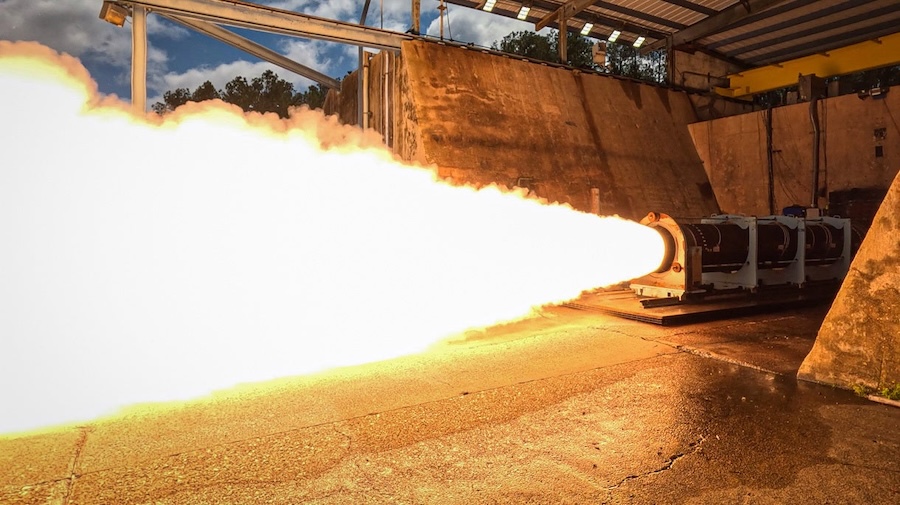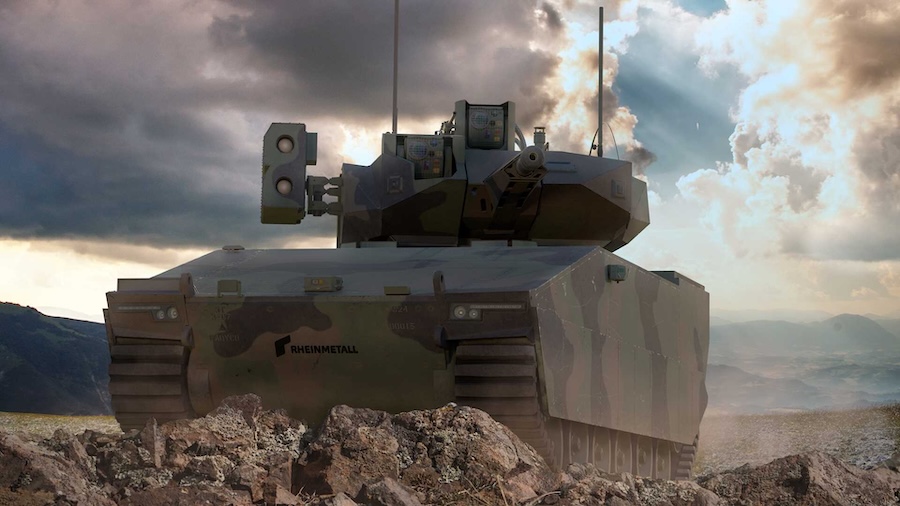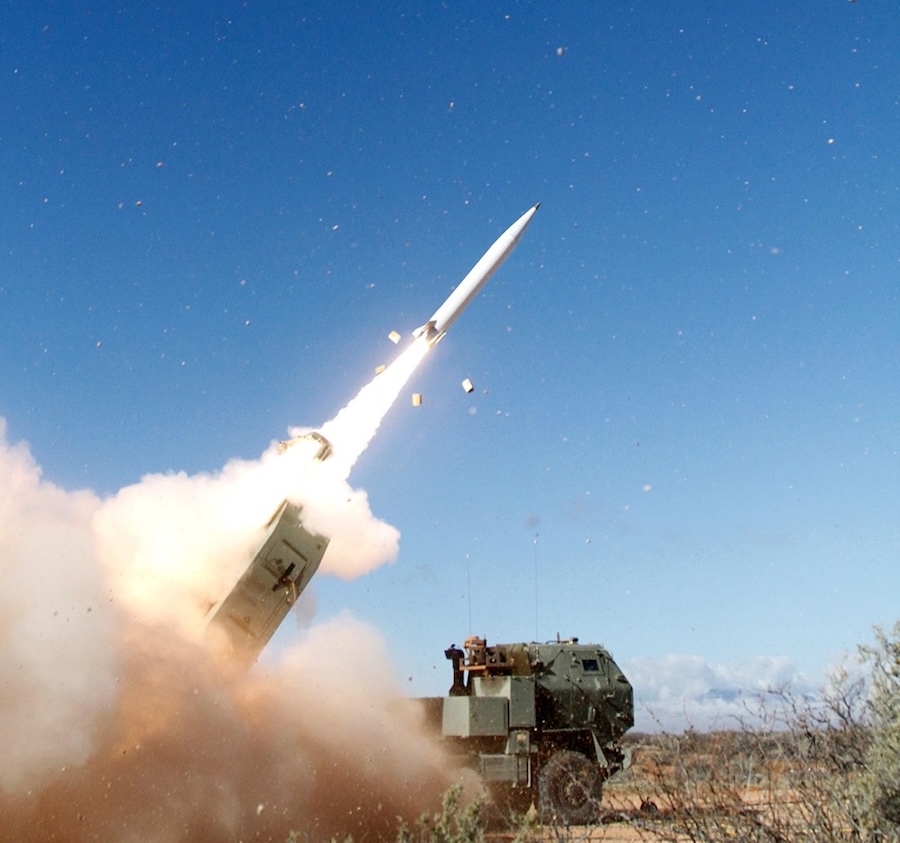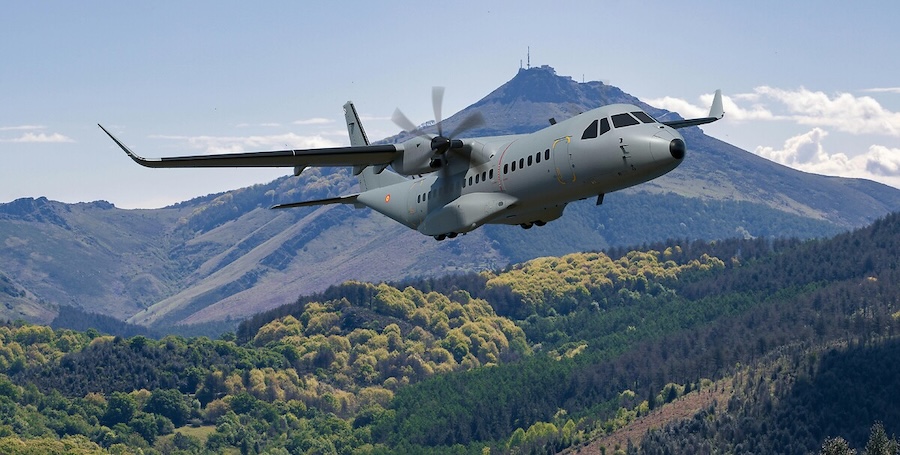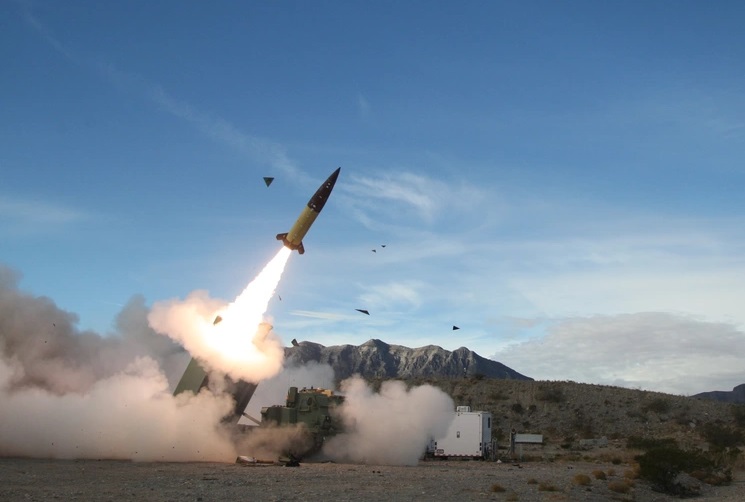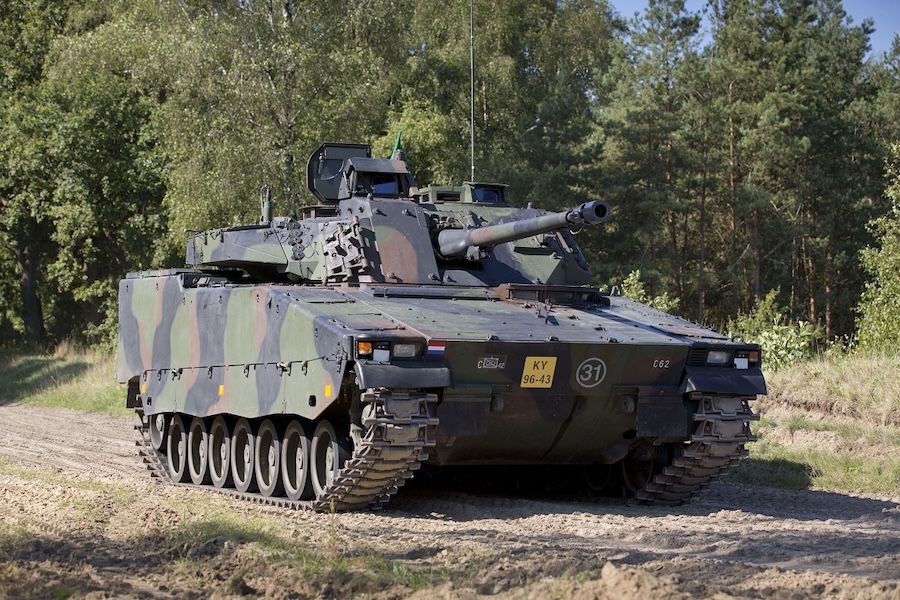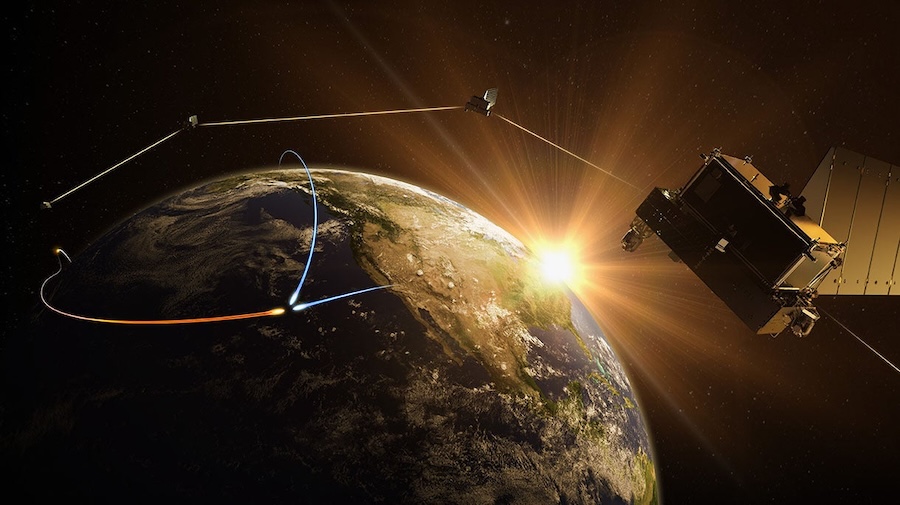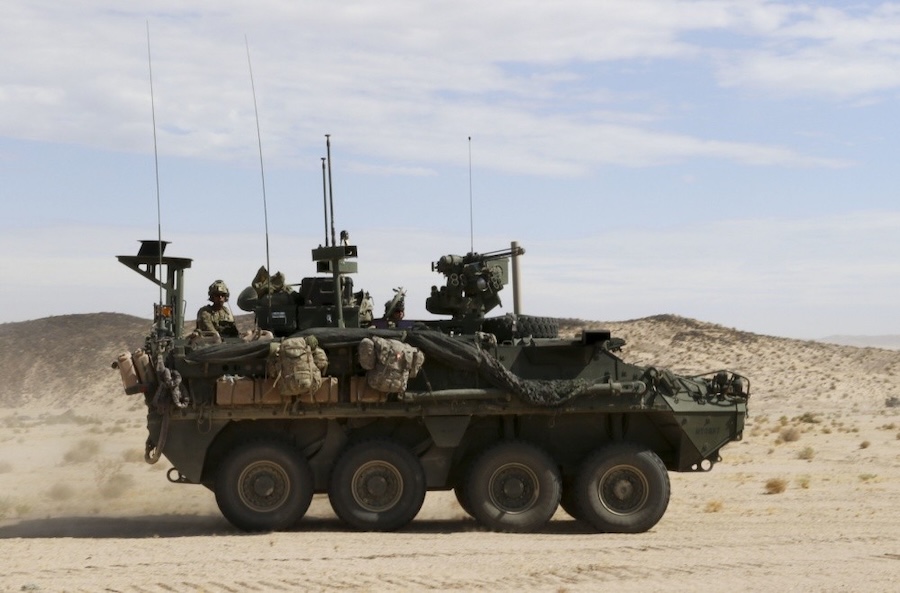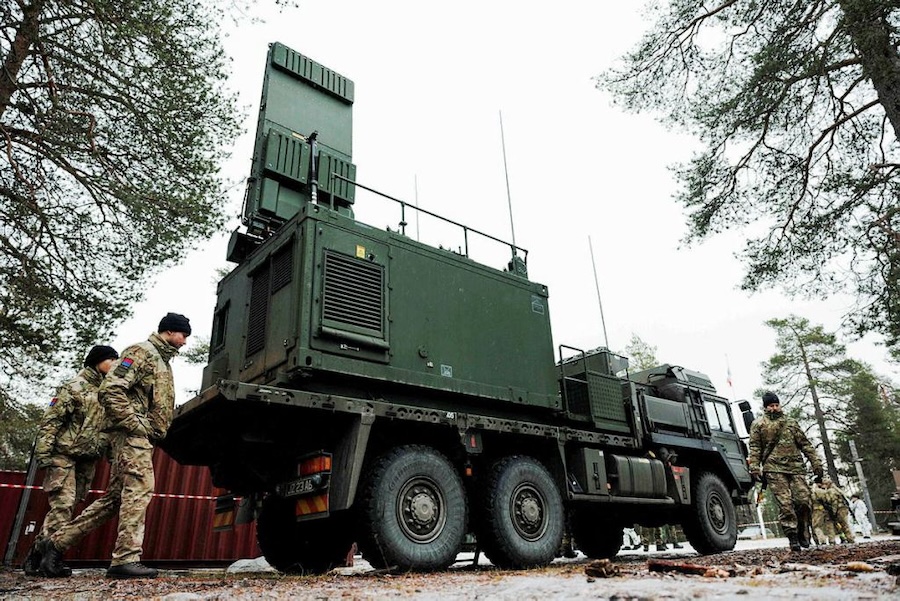During the meeting, HHI highlighted its experience in submarine construction, particularly its work on the KSS-II class submarines. Of the nine vessels in this class, six were built by Hyundai, and the company has also been selected to carry out mid-life upgrades (MLU) on the first three units, commissioned between 2007 and 2009, at an estimated cost of approximately USD 360 million.
HHI also showcased its limited involvement in the KSS-III programme, having delivered the third and final Batch I unit, Shin Chae-ho (SS 086). Unofficial reports indicate that the company presented its surface vessel portfolio as well, aiming to broaden its role in the Greek programme.
The “Aspida tou Achillea” programme, launched on 7 July this year, spans 12 years and is expected to cost around EUR 28 billion, with roughly 10% allocated to the Hellenic Navy. A key component includes the procurement of four new submarines and the modernisation of four Papanikolis-class (Type 214HN) submarines currently in service since 2010.
The new submarines are intended to replace ageing Glavkos-class (Type 209/1100) and Poseidon-class (Type 209/1200) vessels, some of which have been in service since the 1970s. One of the programme’s key requirements is that the submarines must be built in Greek shipyards, with at least 25% of the work involving the domestic industry.
Hyundai Heavy Industries is not the only contender in the running for the Greek contract. On 1 October, a delegation from Hanwha Ocean visited Athens with a KSS-III submarine, and on 13 October, Saab Kockums representatives presented their A26-based offer. German and French companies are also competing, proposing the Type 209/1400 Mod (Type 209NG) and Scorpène Evolved designs, respectively.

